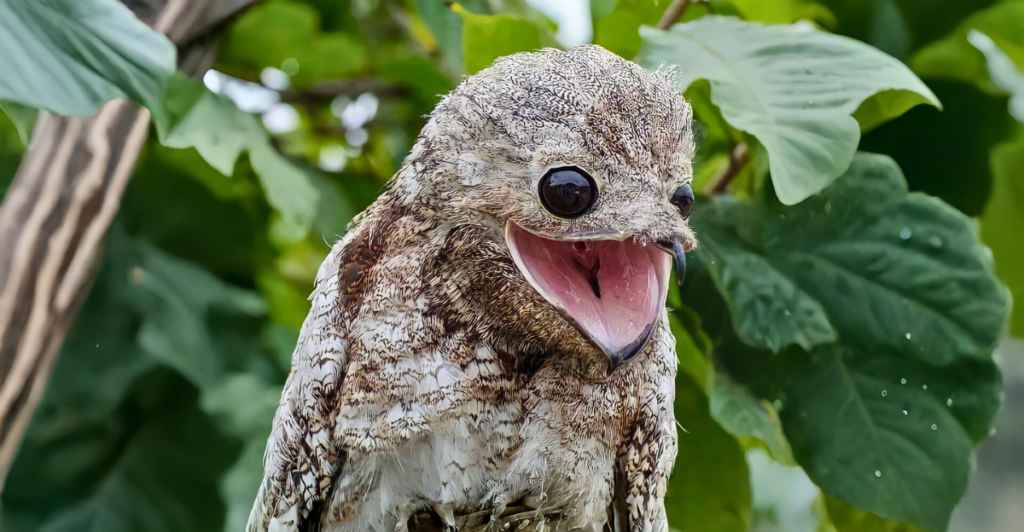
Some animals have names that perfectly match the sounds they make—almost like nature named them itself! Their calls are so distinct that hearing them is like listening to their names spoken aloud. Whether through chirps, croaks, or whistles, these creatures prove that sometimes, nature’s naming game is surprisingly spot-on.
1. Katydid

Hidden among leaves, the katydid’s name comes straight from its call—a sharp, three-pulsed “ka-ty-did!” These green, cricket-like insects rub their wings together to create their signature sound, a musical chorus heard on warm nights. Unlike most singing insects, both male and female katydids join the concert to attract mates. And while they’re usually leafy green, a rare mutation can turn them bright pink!
2. Morepork
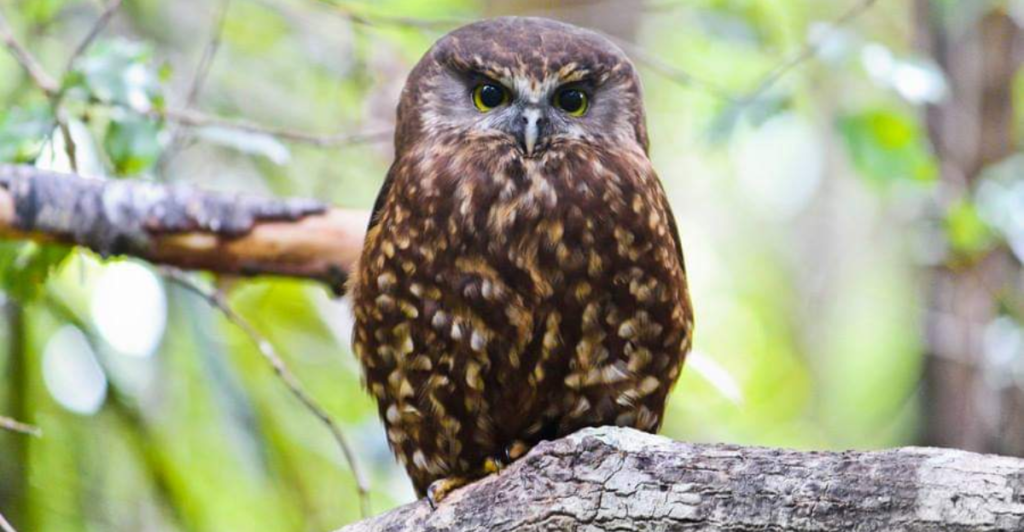
This small owl from New Zealand is named after its eerie, two-toned “more-pork” call that echoes through the night. Also known as the ruru in Māori culture, it’s considered a guardian spirit; its hoot is believed to signal incoming news—good or bad. Despite its small size, the morepork is a skilled hunter, snatching insects and small animals in total darkness.
3. Cuckoo
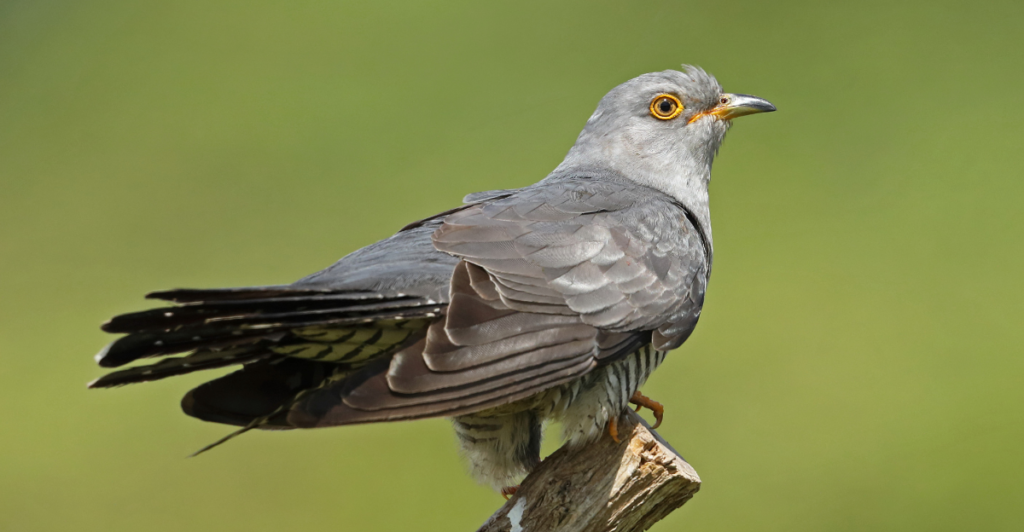
One of the most famous onomatopoeic birds, the cuckoo sings its own name in a soft, repetitive “cuck-oo” melody. Found across Europe, Asia, and Africa, this bird is infamous for its sneaky parenting strategy—it lays eggs in other birds’ nests, leaving the unsuspecting foster parents to raise their young! The distinctive call of the male cuckoo is often a sign that spring has arrived.
4. Dik-Dik
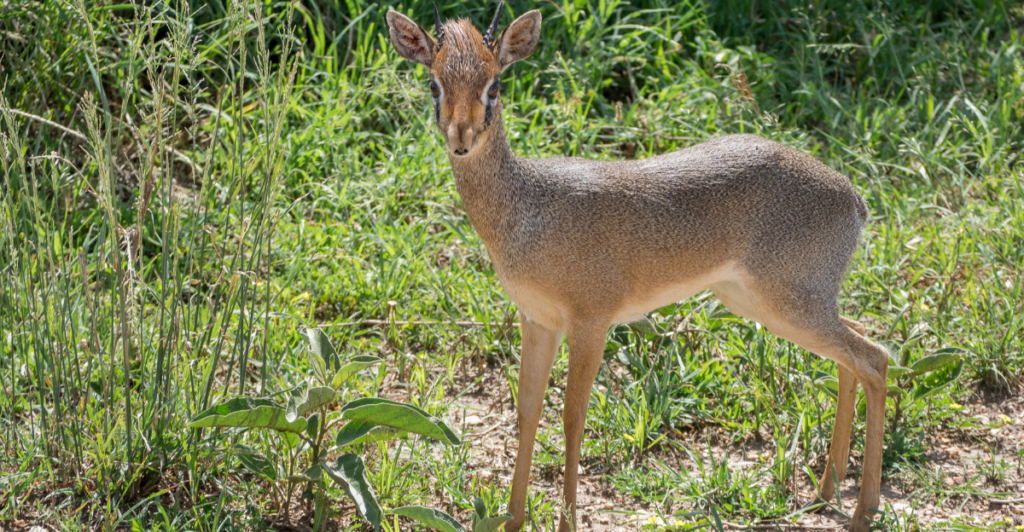
This tiny antelope may be adorable, but it’s got a loud alarm system! The female dik-dik makes a sharp “dik-dik” or “zik-zik” sound when startled, warning others of danger. Found in Africa, these pint-sized antelopes live in monogamous pairs and rely on their excellent camouflage to stay hidden. Despite their small size, they can run up to 42 km/h (26 mph) to escape predators!
5. Chachalaca
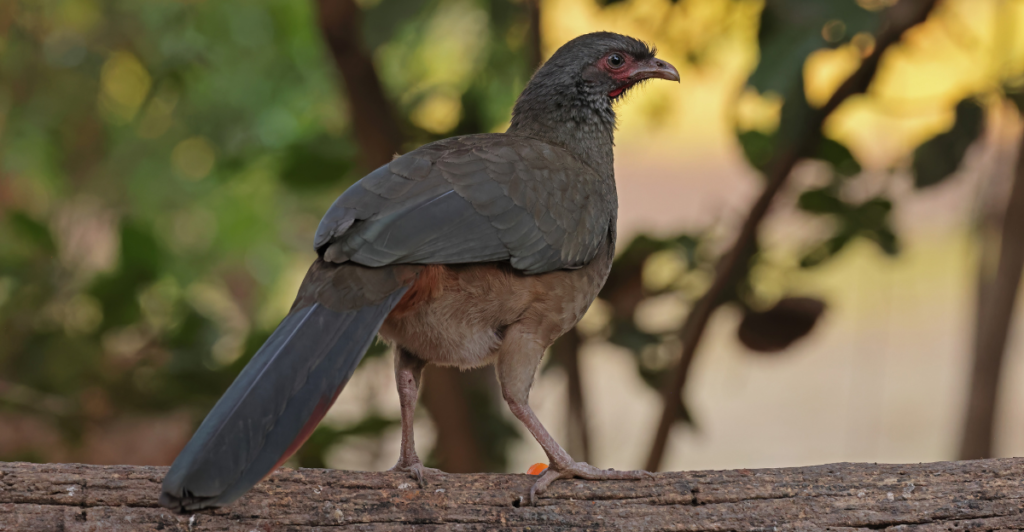
If there’s a bird that lives up to its noisy name, it’s the chachalaca. These rowdy, chicken-like birds roam the southern U.S., Mexico, and Central America, squawking “cha-cha-LAW-ka!” as they move in boisterous flocks. They’re infamous for raiding crops and have a special love for tomatoes, cucumbers, and melons. Their raucous morning calls make sure no one in the jungle sleeps in!
6. Pobblebonk Frog
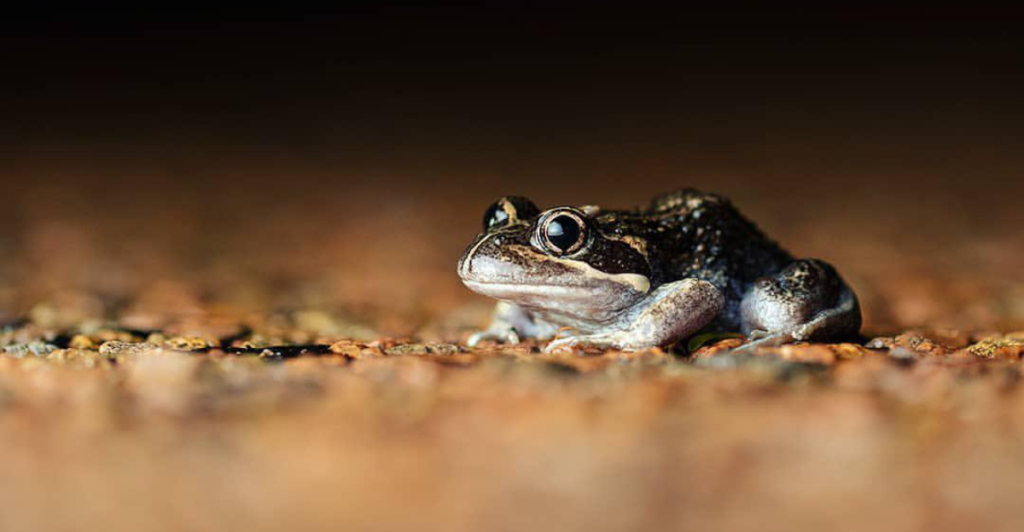
A frog with a banjo-like voice? Meet the pobblebonk! This Australian amphibian got its name from the deep, resonant “bonk” sound it makes, resembling the twang of a plucked string. Found near ponds and swamps, pobblebonks burrow underground to escape the heat, only emerging to breed after heavy rains. Their unusual call makes them one of the most recognizable frogs in the wild!
7. Zyzzyx

If you thought this was just a random jumble of letters, think again! The zyzzyx is a sand wasp native to South America, and its buzzing name comes straight from the sound it makes. These wasps dig burrows in sandy soils, where they stash paralyzed insects as food for their larvae. Fun fact: “Zyzzyx” is almost the last word in the dictionary, only beaten by another animal—zyzzyva, a type of weevil!
8. Kea
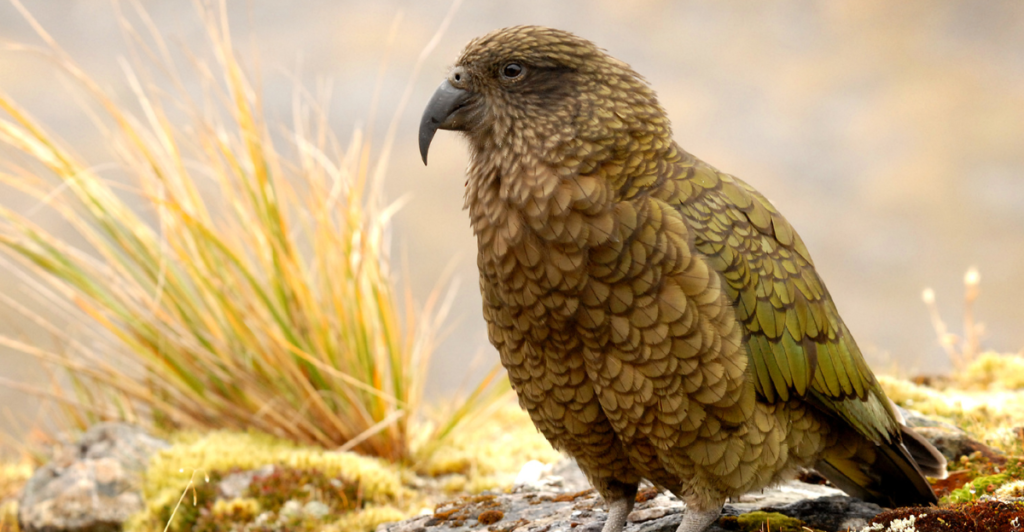
New Zealand’s mischievous mountain parrot, the kea, is as smart as it is loud. Named after its piercing “keee-aaa!” call, this playful bird is famous for causing trouble—stealing food, tearing up car parts, and even solving complex puzzles. Scientists have found that keas can use tools and even play touchscreen games! Their intelligence makes them fascinating, but their antics can be a headache for tourists.
9. Mexican Whip-Poor-Will
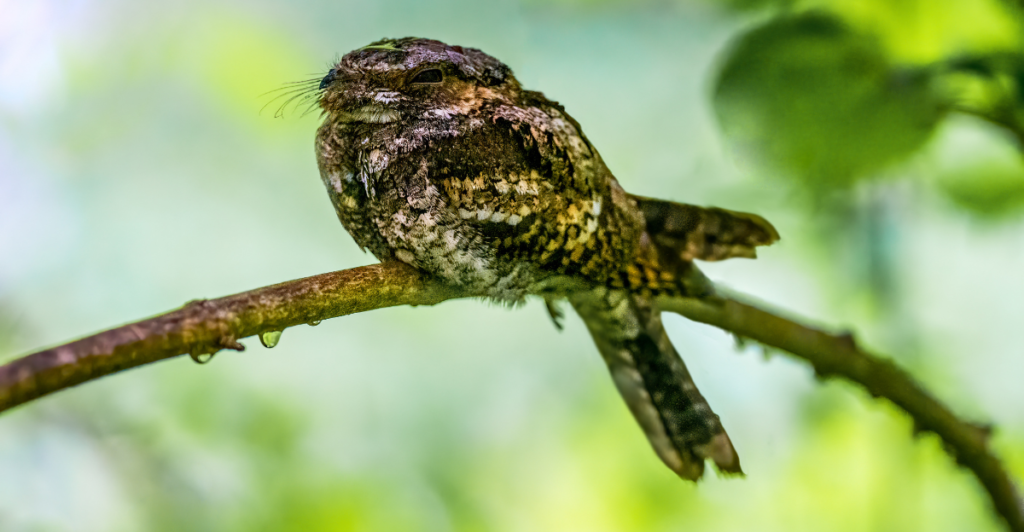
This nocturnal bird is more often heard than seen, its haunting “whip-poor-WILL” song ringing through the night. A master of camouflage, the Mexican whip-poor-will blends into the forest floor, making it almost invisible during the day. Like all nightjars, it’s an expert insect hunter, catching moths and beetles in midair. If you hear its call at dusk, chances are it’s swooping through the darkness nearby!
10. Grunt Fish
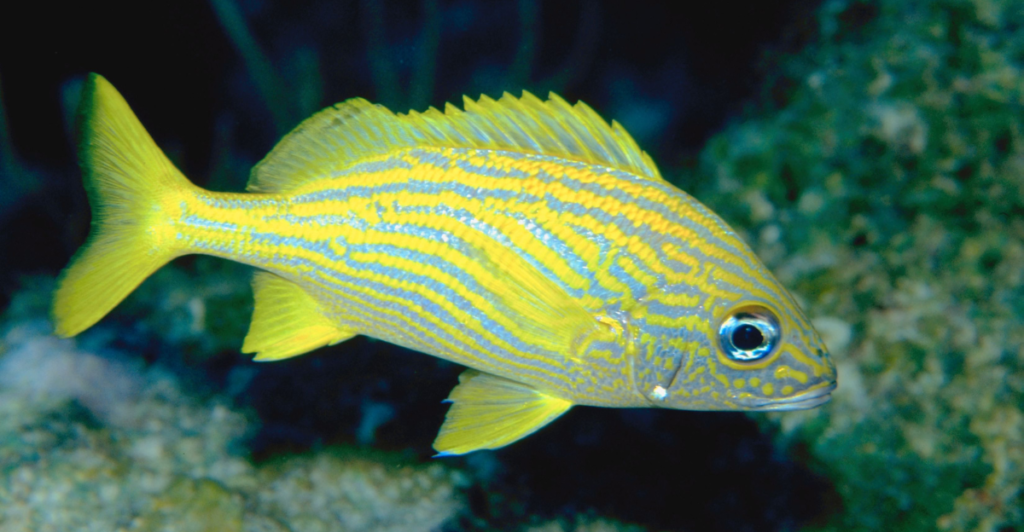
Ever heard a fish growl? The grunt fish makes a deep, grumbling sound by grinding its teeth together and using its air bladder as an amplifier. This unusual noise is often a distress signal when caught by anglers. Found in the warm waters of the Atlantic, grunts are not only vocal but also tasty! In Florida, they were once a staple in the dish “Grits and Grunts.”
Discover more of our trending stories and follow us to keep them appearing in your feed

California Is Breaking Apart: A Fault Line Is Forming Faster Than Anyone Predicted
Philanthropist Promises To Cover $771.23M Annually After US Exit From Climate Accords
The War on Cows Is Over—And Green Extremists Have Lost
Meet the Massive Crocodiles That Make Their Homes 40 Feet Underground
References:
Reference 1
Reference 2
Reference 3
This article first appeared here
Stay connected with us for more stories like this! Follow us to get the latest updates or hit the Follow button at the top of this article, and let us know what you think by leaving your feedback below. We’d love to hear from you!







